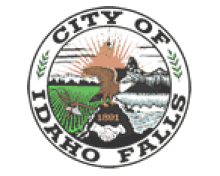Idaho Falls Bringing Residents Up to Speed With Pilot Project
Eight years after completing its citywide dark fiber network, Idaho Falls, Idaho, is now taking steps to offer municipal fiber optic Internet services to its residents. While the city engaged two consulting firms in 2015 to evaluate internet service options, the municipal power board of Trustees has now approved a pilot program to test the potential of creating a Fiber-to-the-Home (FTTH) network throughout the city this year. Once a pilot neighborhood is selected, the city expects to begin testing fiber optics in a thousand homes by early winter 2019.
Idaho Falls, with a population of about 60,000, is the largest city in eastern Idaho. Located on the Snake River, the city is the county seat of Bonneville County and a center of activity in the region. While seven ISPs currently use the city’s publicly owned Circa dark fiber network, with its recent decision, the city hopes to finally use this infrastructure to its full potential and provide services of its own.
Crucial Infrastructure
Many Idaho Falls city council members feel that the decision to provide fiber to residents and businesses is critical to the economic future of the city. In a conversation with East Idaho News Councilman John Radford noted that fiber connectivity is essential infrastructure - as crucial as gutters, sewers, and roads were in the 1900s. City spokesman Bud Cranor said,
“There is a huge need for increased capacity and connectivity not just for residents, but for business development. [The decision to offer fiber to residents] is going to be monumental in [the city’s] efforts to diversify [its] economy and bring new business.”



